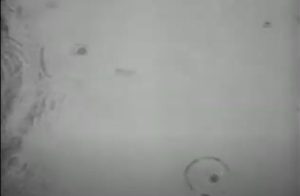Category: Uncategorized
Blog Post Week 4
I think looking at comics and converting that to cinema is an interesting way to manipulate time. It makes sense to me that long wide panels, converted into cinema, could be a shot that pans from left to right. Same thing with a small panel in a comic. Translating that into cinema could be a still shot. Looking at the first strip with the uncle taking a picture I imagine, if translated into cinema, the camera would start off on the uncle and move right because that’s how you read comics and that’s how the story progresses as far as the dialogue. This part of the comic almost reminds me of a scene from home alone, except in the home alone scene the camera pans from right to left instead of the other way around. If this scene were translated from cinema into a comic, I think it would unfold similar to the way the comic panel does.
Go to 1:30 for this clip.
Break Space
WEEK 3: Making Space
Music from #Uppbeat (free for Creators!):
https://uppbeat.io/t/night-drift/scuffle
License code: EETG2NEBTZPUIJ8J
Filmed and Edited by Miryssa Casas with Adobe Premiere Pro.
WEEK 4: Time Frames
Blog Prompt: The art of cinema involves the manipulation of the viewer’s experience of time. The duration of a shot is like a temporal framing. In “Time Frames”, McCloud describes the various comics techniques for creating different temporalities. Reading McCloud, consider the framed panel in a comic as a cinema shot. Wider or longer panels are like shots with longer durations (“long takes”). Smaller panels are like shots of shorter durations. The main difference between comics and film is that with a page of arranged panels, the reader has a spatial “time map” in the simultaneous display of frames. In cinema, shots are mostly sequential and present an unfolding now. Discuss some aspect of McCloud’s visual essay that makes you think of the possibilities of time manipulation in digital cinema or of a certain movie scene that plays with time.
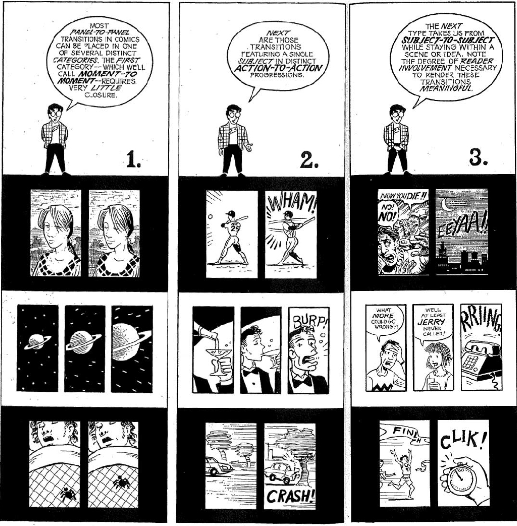
Some of the key points regarding time manipulation in comics and digital cinema, inspired by Scott McCloud’s “Time Frames,” include filmmakers’ experiments with non-linear storytelling, flashbacks, and the blurring of traditional boundaries. Opening up new storytelling possibilities really allows for more complex narratives and engaging ways to captivate viewers, enriching the experience. Another fascinating insight into time manipulation is how comics provide readers with a “time map” that enables them to see past, present, and future frames simultaneously. This offers a unique way of experiencing time. Digital cinema approaches this differently. Directors and editors begin to experiment with non-linear storytelling techniques, parallel editing, flashbacks, and the use of digital effects to alter the perception of time.

Break Spaces – Jackson Lester
Here’s my video for the Break Space assignment. I was going for a sort of somber or relaxing feel for this.
This is a link to the music used in the background. Halo 3 ODST OST : Free Download, Borrow, and Streaming : Internet Archive
Making Space – Jackson Lester
Here is my short video for the Make Space assignment. It was a bit late as I somehow missed it during the snowstorm the previous week. Let me know what you think and what could be improved.
– Jackson Lester
Making Space
This is my submission for the making space project. I shot way more footage than I needed so sorry if it’s longer than it should be.
WEEK 3: Autumn Mists by Dimitri Kirsanoff
Blog Prompt: Watch the 12 min silent 1929 film by Dimitri Kirsanoff called Brumes d’automne (Autumn Mists). In this experimental short there is no plot just the visualized thoughts of a woman. Describe the editing. What is she thinking? Does the montage work? Does it evoke something for you? Kirsanoff said that his intention in the film was to represent a state of mind “through drastically changed images in which nature was losing its density and unity.”

Editing
- The editing is innovative because of the fluidity and juxtaposition of images.
- Uses techniques like cross-editing, superimpositions, and fast intercutting.
- Establishes a rhythm that aligns with the protagonist’s mental state.
What is she thinking?
- Her thoughts are abstract and is reflected in the contemplation of nature, life, and longing.
- There is no concrete narrative. The montage allows the viewers to project their own interpretations of the film.

Does the Montage work?
- This montage is effective since it conveys thoughts and emotions without dialogue or an explicit narrative.
- Engages with the viewers imagination and emotions which creates an immersive experience.
- There is a blur between the lines between reality and abstraction.
Does it Evoke Something for You?
- The abstract and poetic nature of the montage creates a dream-like feeling.
- The montage creates a mood that makes viewers feel nostalgic longing or sad fleeting moments, possibly ones you have had in the past.
- The film uses visual metaphors such as the seasons changing or the shifting of landscapes.
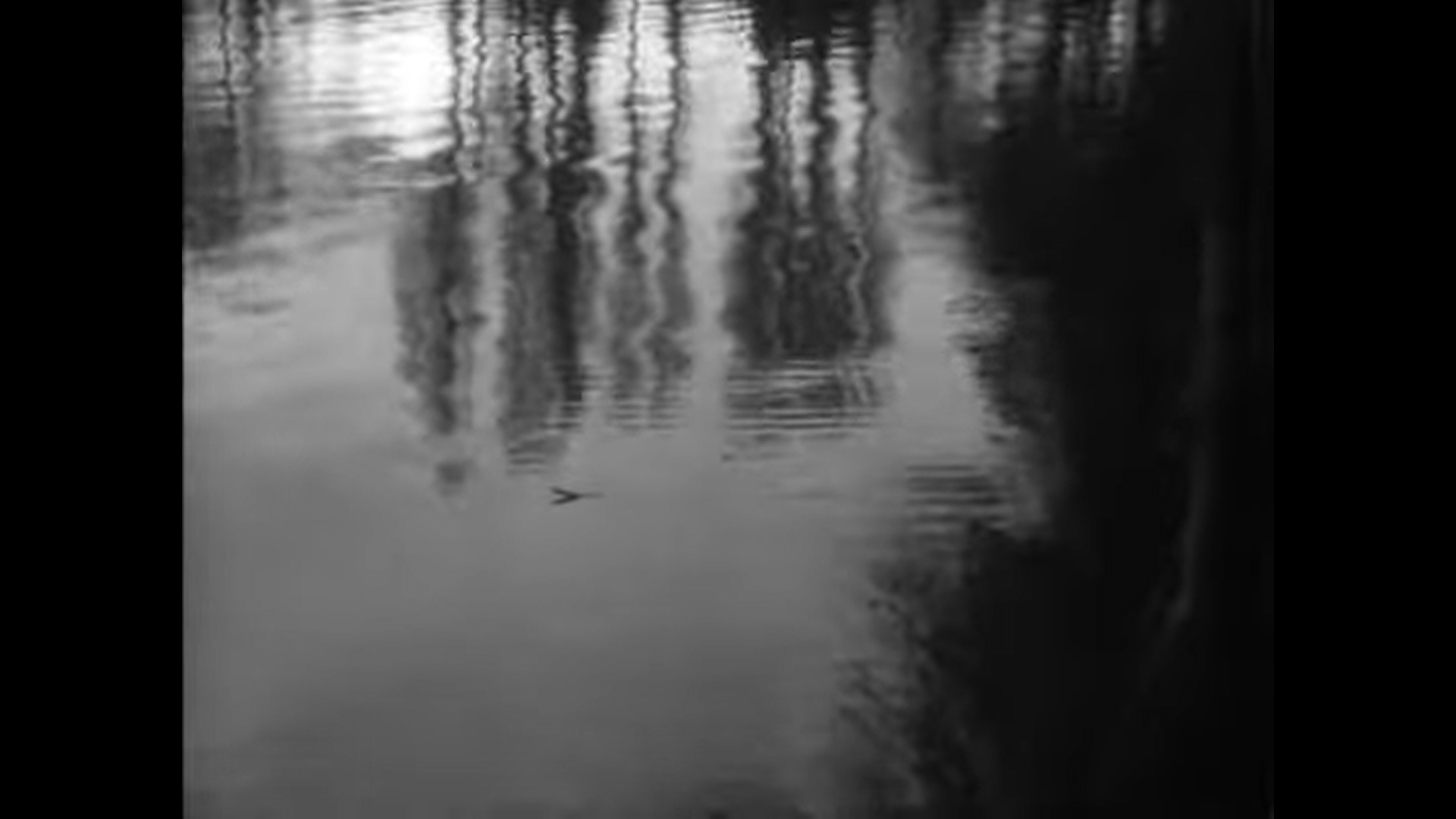
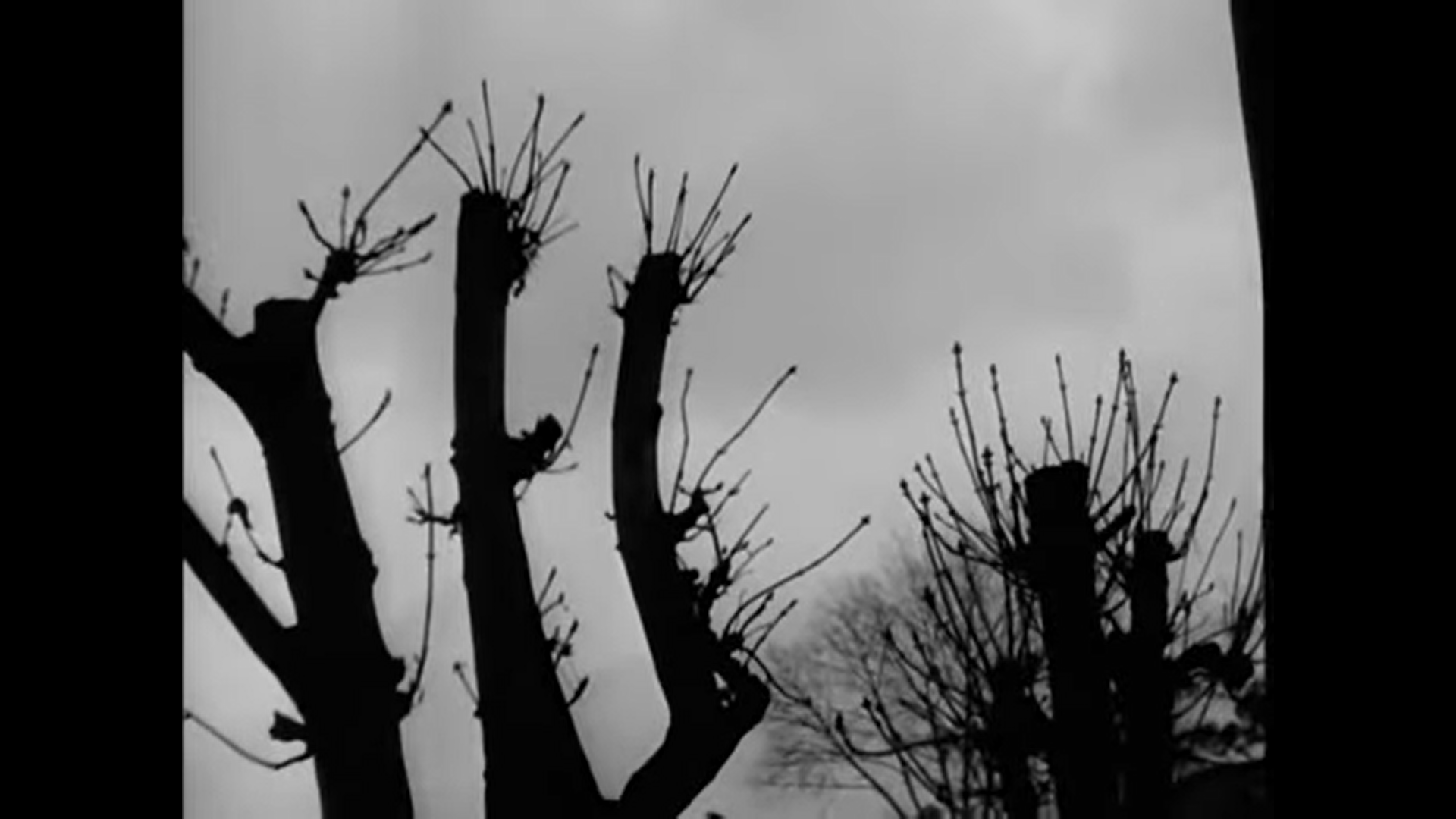
Week Two Blog – Autumn Mists
The way that the director describes this short film, Autumn Mists, is a perfect way to describe it, in my opinion. It is built much like any other montage you see today but the structure of the individual shots and how they are put together really sells his description of it.
To represent a state of mind “through drastically changed images in which nature was losing its density and unity.”
The various items and scenes captured, along with the editing, make it feel almost panicked or stressful. How things feel almost unconnected or unordered although still having a structure to it. Each scene shows emotion, especially when the main character first appears. Her emotions and thoughts are shown purely through what we are allowed to see. Various shots of things that can relate to her mental state, much of it being a sort of chaos and breaking.
The use of music in the film also sells it well. The very calm moments of the song fit the sort of calm images and the same for the opposite can be said. When we she her start to sort of panic the music speeds up and becomes broken and intense.
I feel the mix of intense and somber music fits the well-edited shots throughout the film. They are both great into each other and can’t have one without the other.
– Jackson Lester
WEEK 2: 30-60 Second Day Film
Filmed on GoPro Hero 9 & Edited in Adobe Premiere Pro by Miryssa Casas.
Autumn Mist Blog Post
Autumn Mist is an amazing French short film. It’s directed by Dimitri Krisanoff. It’s a 12 minute silent film that was released in 1929.
The main theme of the 12 minute movie is that a woman is left by her lover and is dealing with the emotions that follow her loss. There’s a lot of focus on her face conveying the emotion of hopelessness and sadness.

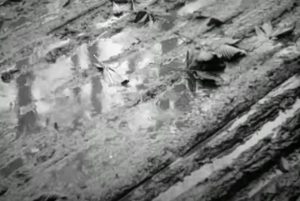
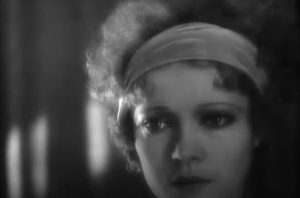
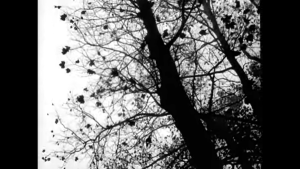
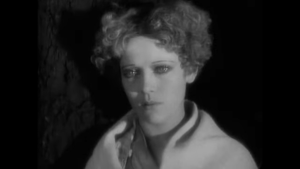

There’s a moment where it starts raining and the camera focuses on the rain hitting the ground. This moment shifts the tone to let the viewers know this is her physical manifestation of her emotions happening on scene. This is later backed up by the fact that when the sun comes out we see her shift from her dark thoughts to seeing the light. Both physically and metaphorically.
Overall this is a great example of how shots can convey emotions. The shots can tell just as much of a story as if someone was reading the words to the story to you.
Overall it was a great watch.
-Quincy Harris
Blog post 2
What I took away from this there is a woman who is remembering what I presume is a past relationship with a man. I got that impression because the close up shots of her looking into the fire would cut to memories of the man in her relationship. Also, when she threw the letter in the fire that reinforced that she is maybe trying to forget this person or the memories they have had together. I think the editing also worked well for when the camera was cutting back and forth between nature and her face and how that was almost reinforcing what her feelings were. To me, it was very abstract and its hard for me to explain why the editing works but none-the-less I think it did a good job of evoking emotion through solely visuals.
Autumn Mists
The 1928 silent film “Autumn Mists” by Kirsanoff Dimitri excellently utilizes montage to convey thought and emotion. By centering the story and visuals on that of a singular character and editing everything to revolve around in some way, the woman’s thoughts and feelings embody the film wholesale – and through its editing, we learn more about her.
For instance, the beginning sequence of her staring at the fire, clutching the letter, and weeping. No dialogue or text tells us explicitly what is happening, but given the tone and emotion of the scene we can assume it is from a wayward lover of some kind. Her romantic isolation is reflected through the movie’s almost exclusive attention to her and her alone.
Furthermore, long shots of her crying face are spliced in with somber nature imagery, like rain. While there is no particular scenic correlation, we can infer a sort of emotional or thematic correlation as these chronologically discordant images come together to further enhance the melancholy of the film.




